|
Restaurant owners are stepping up to the challenge of minimizing their food waste. That was one conclusion of Toast’s recently released Restaurant Success in 2019 Industry Report, which surveyed 1,253 restaurant owners, operators and staff, along with a similar number of restaurant guests, about the experience of operating and dining at restaurants. Toast asked restaurant professionals to share how they’re reducing food waste in 2019. The responses included such actions as using leftover ingredients from one recipe in another (38 percent), offering multiple portion choices for guests (26 percent) and composting (25 percent). Others said they limit the number of items they prepare for service, offer an a la carte menu and cross-utilize ingredients in an effort to reduce food waste. Still, there is room for improvement as a considerable portion of those surveyed (26 percent) do nothing at all to reduce food waste at their business. The consequences aren’t just environmental but also financial: A reFED study found that the approximately 11 million tons of food waste generated by restaurants annually costs businesses about $25 billion per year – and that every dollar invested in food-waste reduction can save restaurants $8. The industry report emphasized that while you can’t control what someone eats or leaves behind, you can control your inventory. Your first course of action in managing waste is to keep close tabs on your shelves to reduce spoilage and avoid a tendency to over-order items – your inventory management system can help you take the best action.
Much like how once-ubiquitous plastic grocery bags are now becoming obsolete, could food delivery packaging be following suit? There are signs pointing in that direction. The global food delivery company Deliveroo is partnering with the environmental group RETURNR to enable its customers in Australia to order their delivered food in reusable containers, according to a report in The Food People. For a $6 fee, customers can receive their food in a reusable stainless-steel container that can be returned to participating locations for a refund.
If you’ve ever experienced the disappointment of ordering French fries or a salad for delivery only to receive them in limp, soggy form once they’ve been packaged and transported to you, Bill Birgen feels your pain. A popular speaker at last year’s Smart Kitchen Summit and winner of the SKS Startup Showcase, Birgin has developed technology designed to manage the condensation that can collect in delivery packaging and make certain foods unpalatable as a result. The goal of the packaging, dubbed the SAVR-pak, is to both improve food quality and reduce food waste. While it’s still early, the Spoon reports that the SAVR-pak has gotten the attention of Deliveroo, who has placed a purchase order, as well as a number of resorts.
As delivery ramps up, are drive thrus on the way out? Minneapolis may have set a precedent recently by banning the construction of new drive thrus in the name of health and safety: The city wants to cut back on vehicle noise, idling and traffic and make sidewalks safer for pedestrians. Existing drive thrus in the city will remain intact, however.
From the clattering of dishes to the blaring of music to the loud conversations of guests trying to hear themselves over the din, restaurants can be noisy places. It can be enough of a turn-off that guests will avoid your business. (Case in point: There is an app called Soundprint that dubs itself the “Yelp for noise” and allows users to search for restaurants quiet enough to allow for conversation.) If the sound levels in your restaurant bother guests and employees, take some cost-effective steps to lower the volume. Toast suggests minimizing the scraping of chairs on the floors by using felt pads on chair legs. Keep music at a level where people can have a conversation without shouting. Use textiles to absorb noise – curtains, tablecloths, area rugs, and soundproof panels on walls and ceilings can all help. Finally, keep noisy food preparation equipment in the kitchen, or if you have an open-concept space, consider installing a transparent barrier between guests and food prep areas.
Chances are your waste management practices have evolved in recent years, whether you are finding new uses for vegetable stems and roots, donating unused ingredients or integrating other practices altogether. As Shannon Bergstrom, a sustainability operations manager at the tech-driven waste and recycling company RTS, told the Rail, new methods for reducing and rerouting food waste are appearing all the time. Coffee grounds are being used to create such items as ceramics as well as logs that can be used as fire wood. Spent grains left over from beer production are being remolded into all-natural dog treats. Even if you can’t go to those lengths to find uses for your food waste, you likely can make better use of technology to improve your practices. RTS, for one, helps foodservice operators use technology to access on-demand collection services that can help businesses connect to a wide range of vendors looking for anything from raw ingredients to cooked meals. It may help you find uses for leftover ingredients that you’re not even aware of.
“I’d have a tough time sleeping at night if I was handing our food to an untrained, random third-party driver to then carry that over to our customer, because what happens when you have a service failure or you have a product quality problem in that situation?” That’s what Domino’s CEO Ritch Allison said during an April 2019 earnings call. Of course, Domino’s has the scale to be able to manage delivery orders in-house (and also a vested interest in making consumers doubt the reliability of third-party delivery providers). But if you’re using third-party providers, it’s worthwhile to note – and attempt to manage – their shortcomings, since consumers are more likely to blame the restaurant for service failures than the delivery provider. A recent nationwide survey of 1,000 consumers by Steritech asked questions about the pluses and minuses of delivery and offered suggestions on how to address challenges. When the surveyed consumers have had problems with delivery, they included such challenges as the food taking too long to arrive, the packaging not keeping the food at the proper temperature/containing spills/preventing tampering, and order inaccuracy. Steritech advises taking a range of actions to help: To better resolve service issues, consider printing phone numbers for problem resolution on receipts, packaging or seals – or create an online portal for resolving disputes. Minimize phone orders in favor of online orders for better accuracy. Prioritize order accuracy and quality checks before food leaves your restaurant. Provide real-time delivery tracking or time estimates and send text alerts when food is en route. Offer online tipping options. Communicate your fee breakdown clearly so consumers understand where their money is going. Finally, it’s worth mentioning that some brands are trying to provide the best of both worlds: Panera, for one, is offering a hybrid system whereby it relies on third-party providers to take orders but then uses its own fleet for delivery to better manage quality control.
If you serve avocado on your menu, you’re well aware of the rollercoaster ride it has been taking lately with regard to supply and demand. According to a USA Today report, the price of avocados in early July had skyrocketed 129 percent since the same period during the previous year. While restaurants are making adjustments such as diversifying suppliers, raising prices and finding substitutes for the beloved avocado where possible, these are steps that should be taken not just when one key ingredient is in short supply but across the spectrum of a restaurant’s inventory year round. When you monitor your inventory more closely – even in times of plenty – you can more easily ride out times of scarcity. MarketMan suggests you take such steps as tracking food costs throughout the year so you’re more able to spot seasonal fluctuations in price, as well as what you have paid historically. (Team Four can help you with this.) Where possible, fill your menu with seasonal produce to minimize costs – it will also encourage guests to visit you while a favorite item is still available or when a new one is about to be featured on the menu. Partner with your chef to make sure he or she is able to use what’s in season and can minimize costly extras. When it comes to suppliers, try to lock in prices for the long term and don’t hesitate to shop around for better deals when it’s time to renew your contracts. Look around for deals online, particularly for non-perishable items that can be purchased in bulk. Monitor your spending regularly using software with purchasing and ordering management features that can help you stay on top of price fluctuations.
If you offer delivery, take note of what Postmates is doing to improve the benefits package of gig workers. The company recently announced that it will now be offering such benefits as occupational accident insurance, health care, and free access to online college courses and professional certifications. At a time when employee development has become critical to minimizing the high turnover across the industry, these new benefits are something that may be worth considering if you’re considering a third-party delivery company or, particularly, if you manage your own in-house delivery team.
At a time when restaurant finances are getting squeezed from many directions, do you know which budgetary battles are most important to fight? In other words, when you’re managing such expenses as labor, ingredients, rent and third-party delivery, does your balance sheet give you clear answers about how much each of those expenses is impacting your bottom line? It needs to, since your gut instinct may not be correct. Case in point: The results of a recent study by New School Center for New York City Affairs and the National Employment Law Project found that restaurants in New York City were more negatively impacted by rising occupancy costs and the fees charged by third-party delivery services than they were adversely affected by the near-doubling of the minimum wage paid to hourly employees in the past five years, Restaurant Business Online reports. The Fight for $15 wage battles of recent years had many operators concerned they would need to boost menu prices beyond what guests were willing to pay – and minimum wage escalation isn’t an insignificant expense for operators to be sure. But while New York isn’t like every market, the rising minimum wage in the city has had a smaller-than-expected impact in a diversity of regions, whether in Manhattan, Queens, Brooklyn or the Bronx. As the minimum wage has been ascending in geographical regions across the country for years, you may be able to protect your bottom line by focusing on negotiating more favorable terms with a third-party delivery company, adjusting your business model so you can occupy a smaller or different footprint, or getting a stronger handle on hidden back-of-house costs.
|
Subscribe to our newsletterArchives
April 2024
Categories
All
|


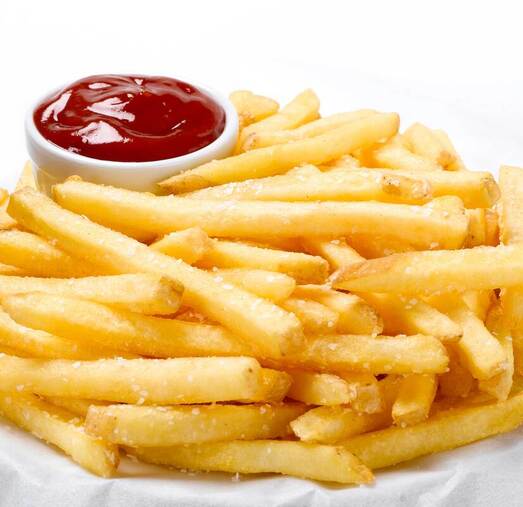


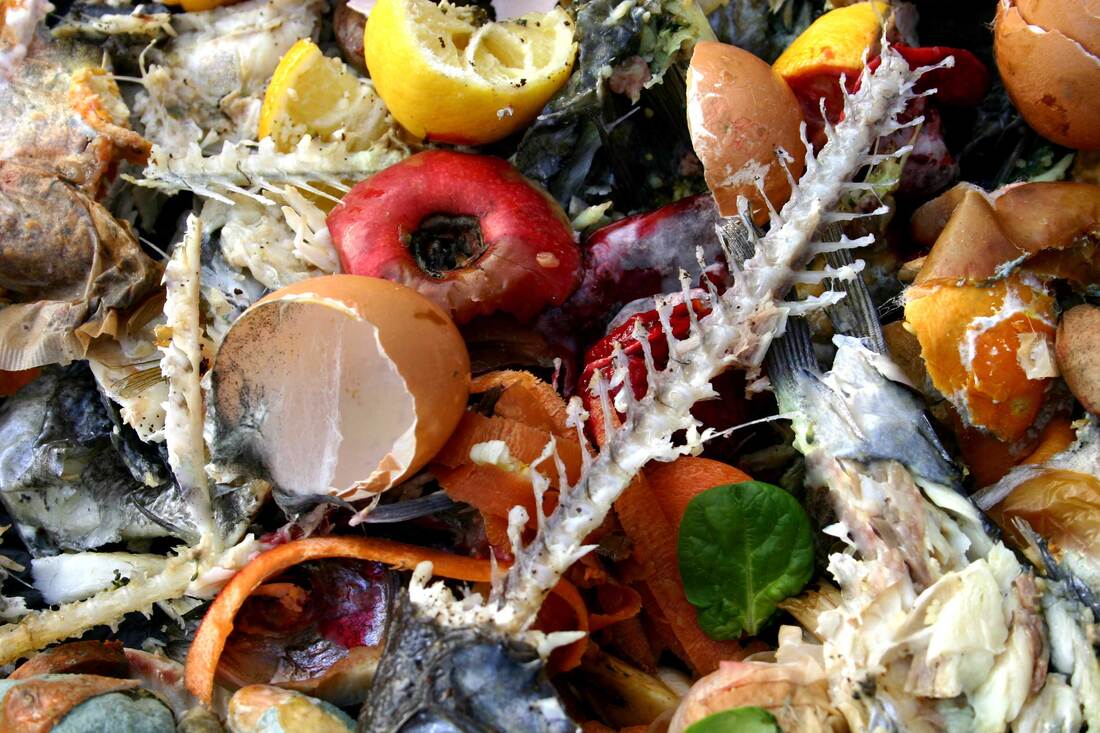
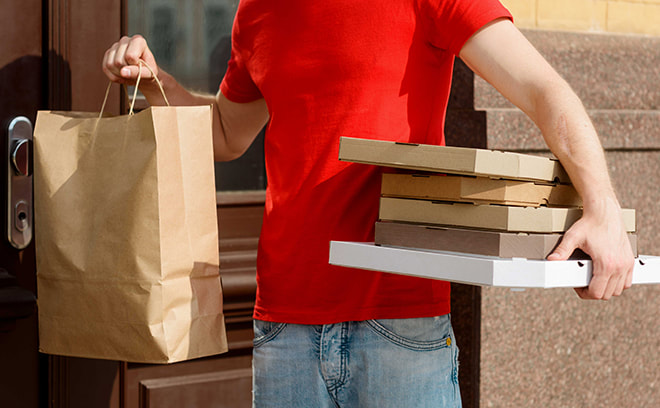
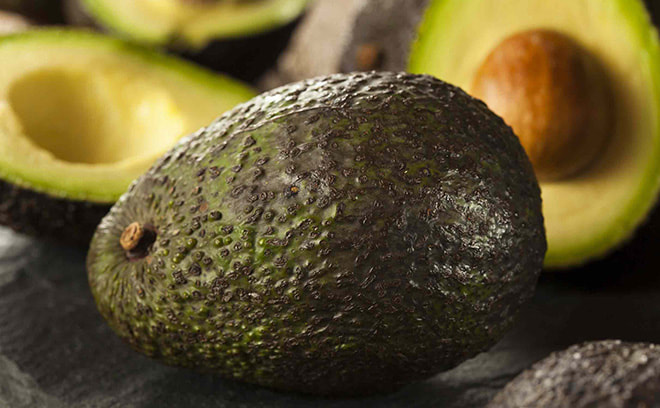

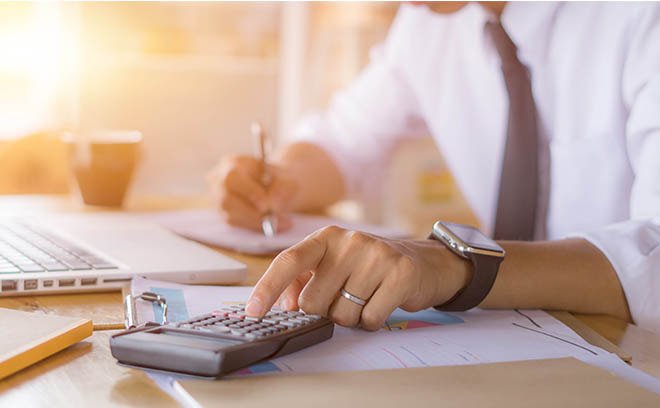

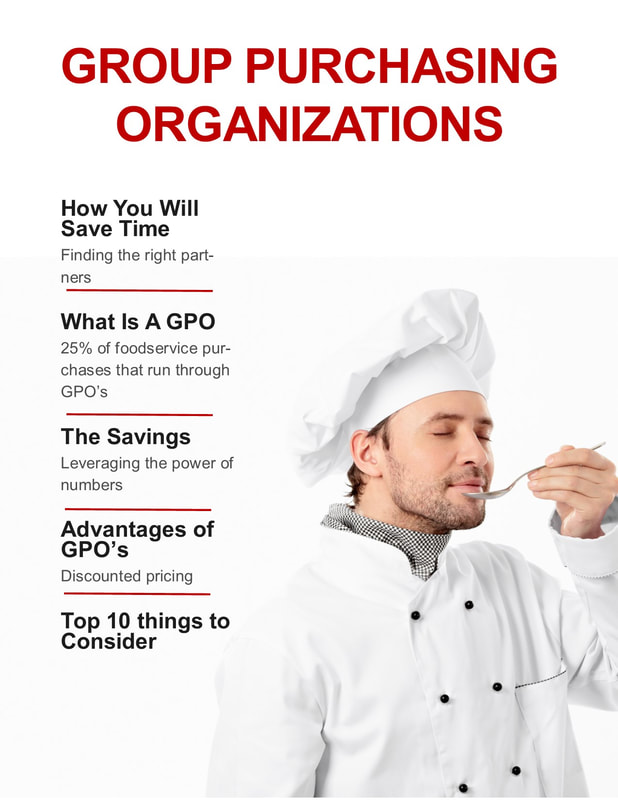


 RSS Feed
RSS Feed